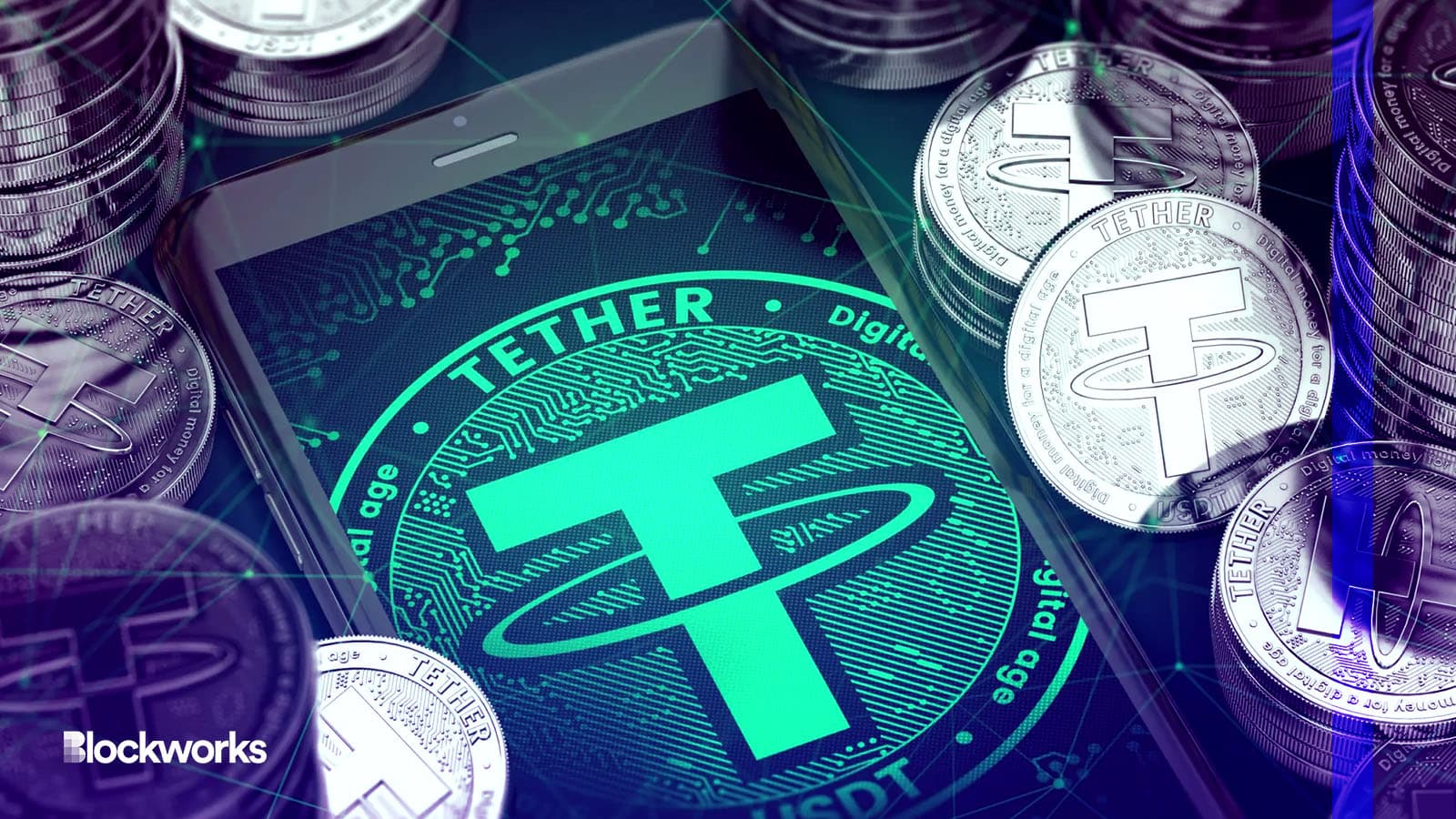Tether Nears 50% Of Stablecoin Market, Highest in 14 Months
As the SEC looks set to clamp down on dollar-pegged tokens, the oldest stablecoin, Tether, is looking as dominant as ever

Source: Shutterstock / Wit Olszewski, modified by Blockworks
Tether (USDT) is once again coalescing as crypto’s pegged token of choice, with its stablecoin market share nearing 50% for the first time since December 2021.
The top stablecoin issuer has deployed an additional $2.4 billion USDT this year, now with $68.4 billion circulating supply, representing about 3% growth.
Circle’s offering, USDC, has meanwhile shed more than $3.3 billion in supply year to date. There’s now $41.2 billion USDC floating around the crypto ecosystem, down 7.5%.
Binance’s branded stablecoin, BUSD, stewarded by New York outfit Paxos, comes in third with $16.1 billion.
BUSD has given up around $590 million supply since the start of the year, a 3.5% reduction. All eyes will be on that figure potentially falling following word of the SEC’s intent to sue. The regulator has reportedly claimed that BUSD is an unregistered security in a Wells notice.
The total stablecoin market capitalization currently stands at around $138.5 billion, per The TIE and CoinGecko data compiled by Blockworks, and:
- Tether makes up 49.39%,
- USDC boasts 29.76%,
- BUSD is 11.63%.
Tether, Circle and Paxos, alongside several other stablecoin firms, allow token holders to exchange stablecoins for US dollars. Their supplies increase as market participants acquire the tokens directly from their respective issuers.
Conversely, stablecoin supplies shrink when their issuers burn tokens as they’re redeemed, although tokens are often reissued to other customers without burning.
Fourth-place DAI, the decentralized stablecoin maintained by MakerDAO, is much smaller than the top three with around $5.19 billion. DAI has lost $563.4 million from its market cap in 2023, equal to 10% of its supply, making it the biggest loser of the top-tier stablecoins.
FRAX, DAI’s direct competitor with an algorithmic element, has remained steady over the past three months, persisting in fifth place.
TrustToken’s trueUSD (TUSD) is in sixth but stands out for growth, having added $190.4 million this year; 25% more supply.
TUSD is advertised as fully backed by US dollars, but its attestations include references to cash equivalents and other short-term liquid investments. They’re similar to Tether’s and Circle’s with less granularity.
Overall, the stablecoin market has shrunk by 1.5% this year, losing a little more than $2.1 billion.
Total stablecoin dominance hit a record high just below 20% as FTX collapsed last November, but has since retreated to 14.38% as crypto markets have recovered.
Get the news in your inbox. Explore Blockworks newsletters:
- The Breakdown: Decoding crypto and the markets. Daily.
- 0xResearch: Alpha in your inbox. Think like an analyst.






